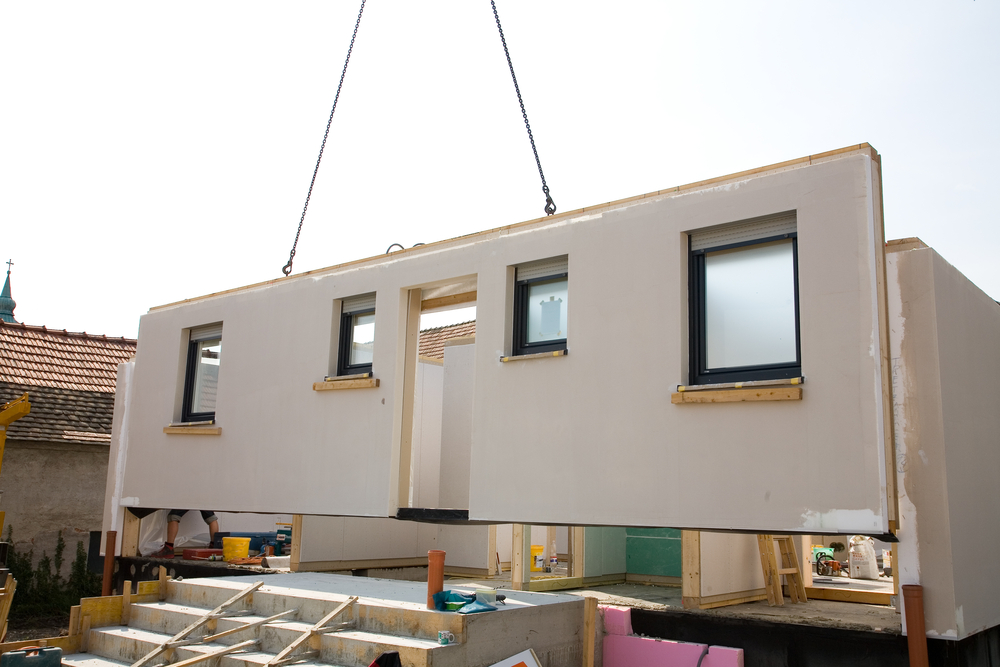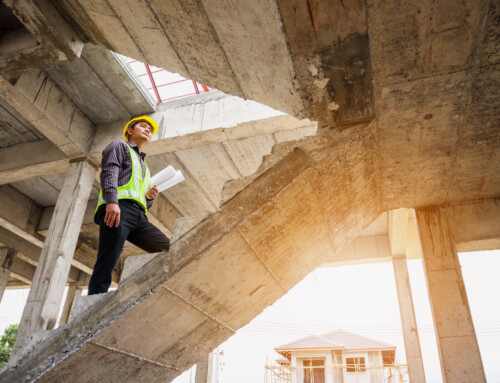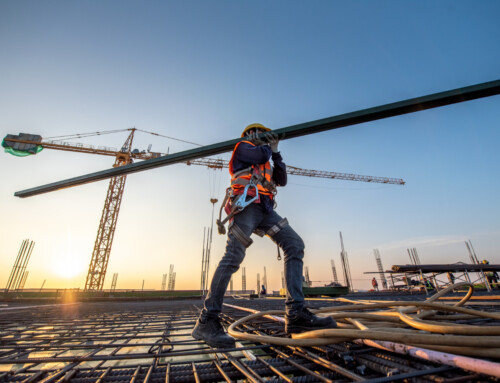Labor shortages and lack of adequate housing are just two of the persistent issues that construction leaders from around the country are hoping to solve by using more modular and prefabricated processes. From using them on healthcare facilities and hotels to multifamily and dormitory projects, these methods are only expected to become more popular over the next several years and could have a significant impact on construction careers. Here are some ways modular and prefabrication is transforming construction.
Financial Savings
A growing number of building owners are exploring prefabricated or modular construction because it provides them with more affordable options. The long-standing myth that custom-made pieces cost more is gradually being dispelled by construction estimators who know that prefab manufacturers enjoy bulk discounts on most of their raw building materials. This savings is then passed on to reduce the overall cost of construction projects. Companies that use Building Information Modeling (BIM) are improving their budgets even more than those that don’t because it promotes easier designs and better coordination across construction departments.
Flexibility
Modular construction is more flexible than traditional onsite building methods. Sections can be efficiently constructed at controlled manufacturing facilities, and then dissembled before they are delivered to job sites. This also gives architects more freedom to change the designs of different structures during the building process and cut down on raw materials.
Uniform Quality
A significant advantage that prefab construction has over structures that are built on site is that it ensures components are assembled by experienced crews in weather-resistant environments, with multiple quality checks throughout the entire process. Prefab also enables the use of precise machine equipment otherwise not available at job sites to ensure projects conform to building code.
Fewer Disruptions
Indoor construction environments offer the predictability and safety of highly controlled environments. Unlike job sites which can be noisy, dusty, and oftentimes fraught with unexpected weather events, building modular components in and indoor environment is very focused and has limited variables. These facilities are often considered safer alternatives to building on site because workers are protected from inclement weather and other uncertainties that can be better controlled in prefab facilities.
Prefabrication and modular building methods are expected to continue growing in popularity as more construction companies see financial savings, more flexibility, and fewer job-related injuries. But it’s still important to note that not all projects are eligible for prefab or modular construction. There are going to be owners who prefer traditional building methods over other options.
How can we help you?
Searching for an opportunity in the construction industry? Contact The Birmingham Group’s team of seasoned commercial construction recruiters today to discuss your career path or browse our open positions.
Are you a hiring authority needed construction talent? Submit a search request today.
–





